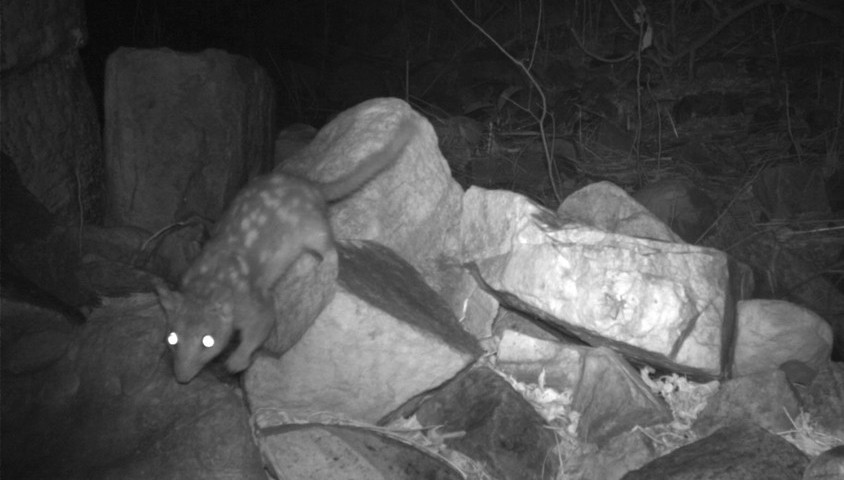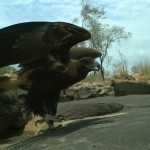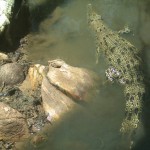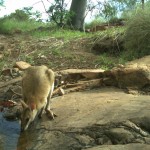Camera traps installed on Adolphus Island, in the east Kimberley, Western Australia, while set up in a bid to monitor northern quoll populations in the face of a growing threat from cane toads, are in fact revealing a greater presence of fauna than have been recorded in past surveys.
Adolphus Island, which is located in the Ord River just shy of two kilometres from the riverbank, was also discovered to have large numbers of native bird species – an auspicious sign for the health of the local environment despite the presence of invasive cane toads.
State cane toad program leader with the Department of Parks and Wildlife (DPaW), Corrin Everitt said the number and variety of fauna identified would help to inform future conservation efforts in the region as cane toads continue to spread.

The pheasant coucal (Centropus phasianinus) is a species of cuckoo found in tropical Australia, Indonesia and Papua New Guinea.
“Our bird list for the island has significantly increased from what was recorded during the 2008-09 large-scale biodiversity inventory survey conducted by the department,” she said. “That survey was very much a preliminary effort to see what species existed in the area and focused on the northern end of the island, using basic trapping methods.”
Now, with the more technologically advanced camera installations available, Everitt and her team have been able to get a much more extensive picture of what animals are present on Adolphus.
“Other interesting images recorded include saltwater crocodiles and the ongoing presence of endangered northern quolls, spiny-tailed monitors (Varanus acanthurus) and black-palmed rock monitors (Varanus glebopalma), species that are susceptible to being poisoned by cane toads.”
The cameras also recorded an hoopoe (Upupa epops) – a bird species generally considered a stranger to Australian shores.
The hoopoe may be an example of what happens when migrating birds lose their way in transit.
“This is only the third sighting of the species in Australia, so we were excited to find it on a camera image,” she said.
“Australian sightings of the hoopoe, whose native range is Eurasia and north-west Africa, are thought to be a result of the birds flying off course during their migration.”
Adolphus, the first Kimberley island to have cane toads appear on it, will serve as a crucial living experiment to see how native inhabitants (like the northern quoll) are able to adapt to invaders.
“We will continue to monitor the quoll population on Adolphus and will be looking at trialling taste-aversion techniques such as those developed by researchers at the University of Sydney to improve the survivorship of the quolls for the future,” Everitt said.
- The wedge-tailed eagle (Aquila audax) is found throughout Australia.
- The saltwater crocodile (Crocodylus porosus) is the largest living reptile species.
- An agile wallaby (Macropus agilis) drinks cautiously.






